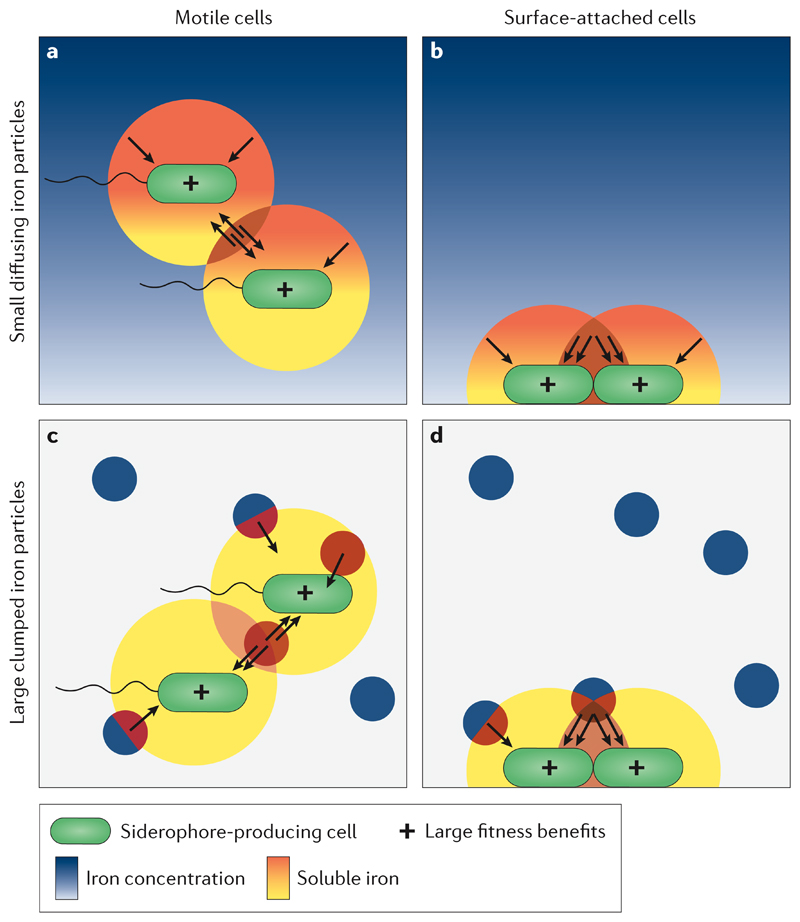Figure 3. Siderophores can synergistically increase iron uptake when bacteria live in groups.
The problem of siderophore loss due to diffusion can be reduced when cells live in groups. In this scenario neither the diffusion range of siderophores (yellow) nor the amount of iron brought into solution (orange-red gradient) increases per cell, but the probability of iron-loaded siderophores returning to cells increases, because cells can access each other’s siderophores (brown area, double black arrows). Emojis inside cells depict the relative fitness consequences for a cell in the different scenarios. This synergistic effect manifests irrespective of whether the iron is relatively homogenously distributed (a, b, blue-shaded gradient) or occurs in clumped particles (c, d, blue circles) in the environment, or whether cells are motile (a, c) or surface-attached (b, d).

